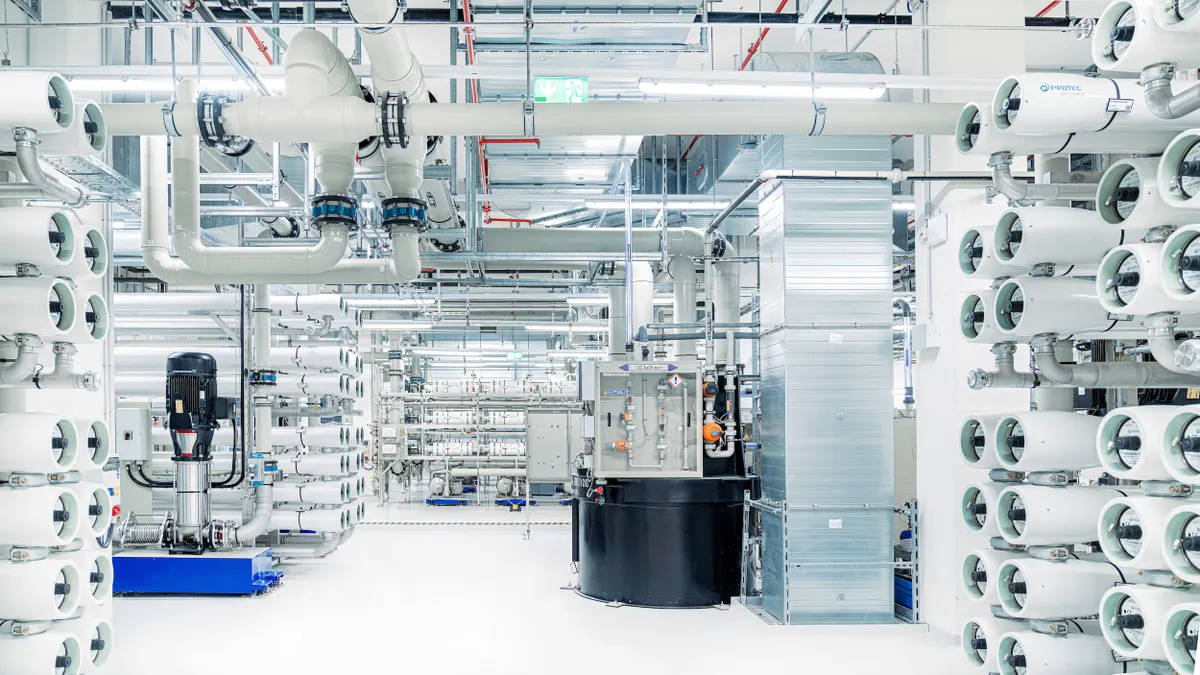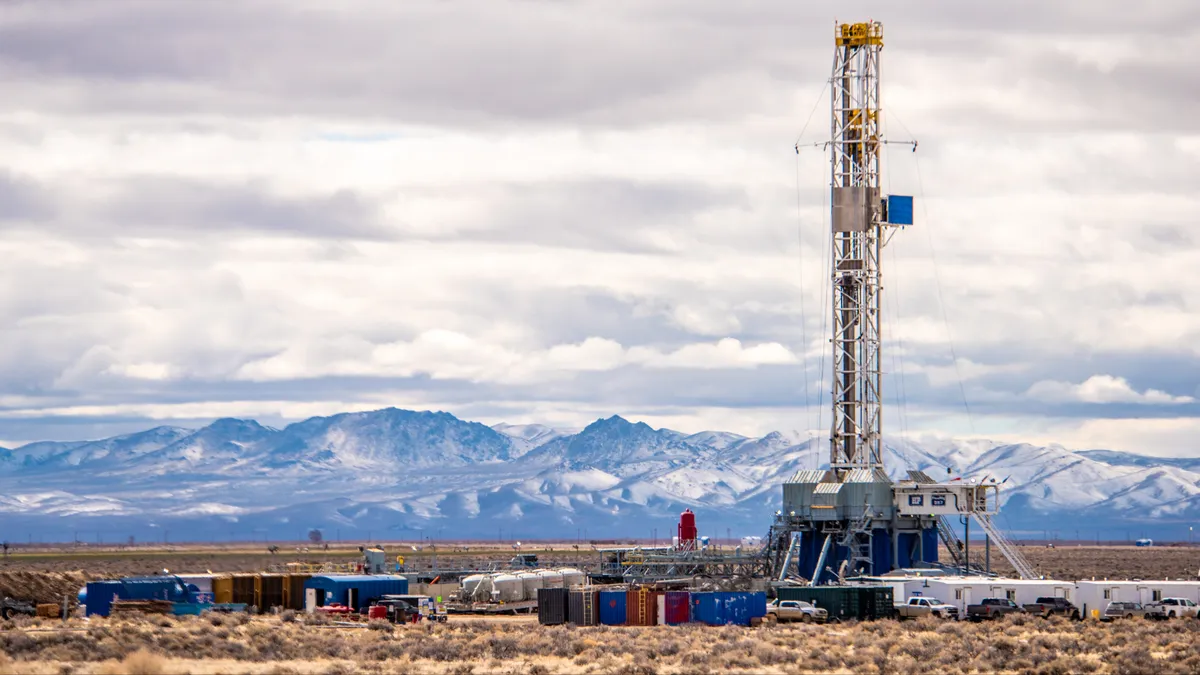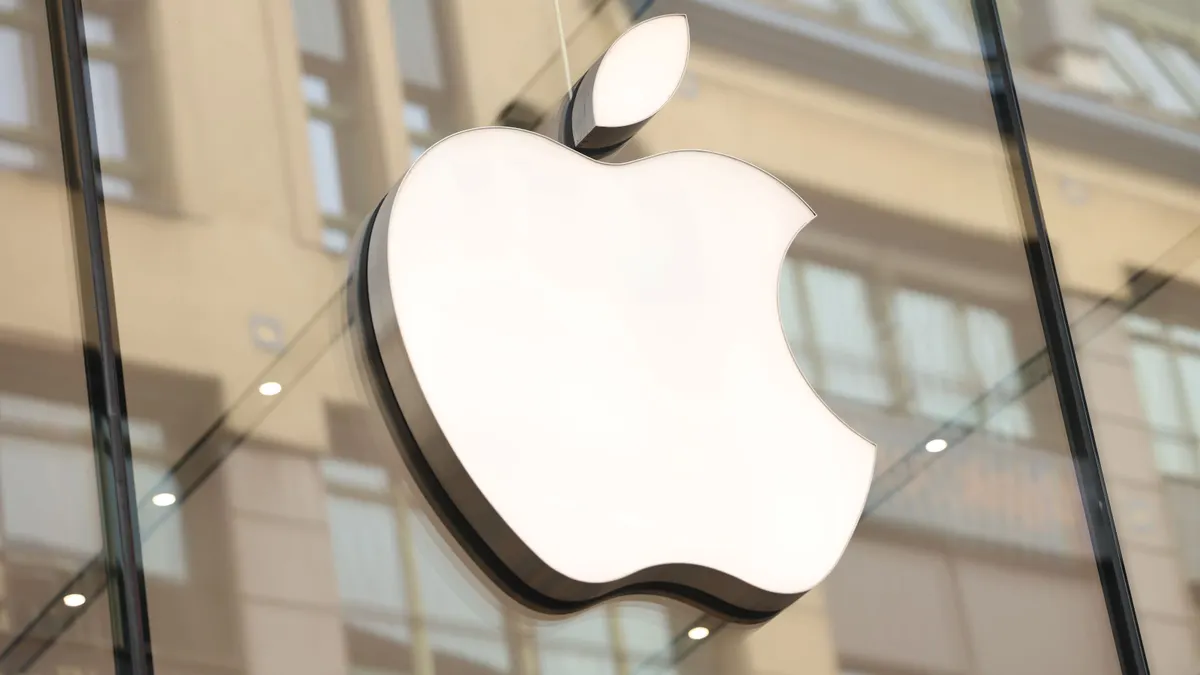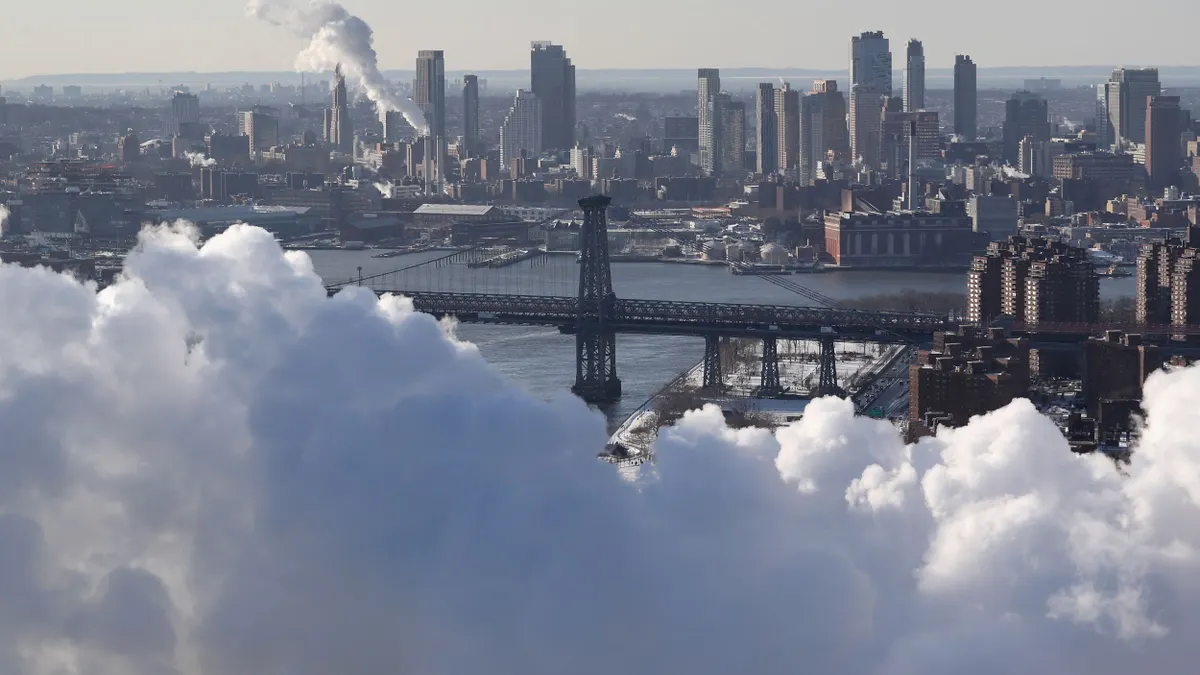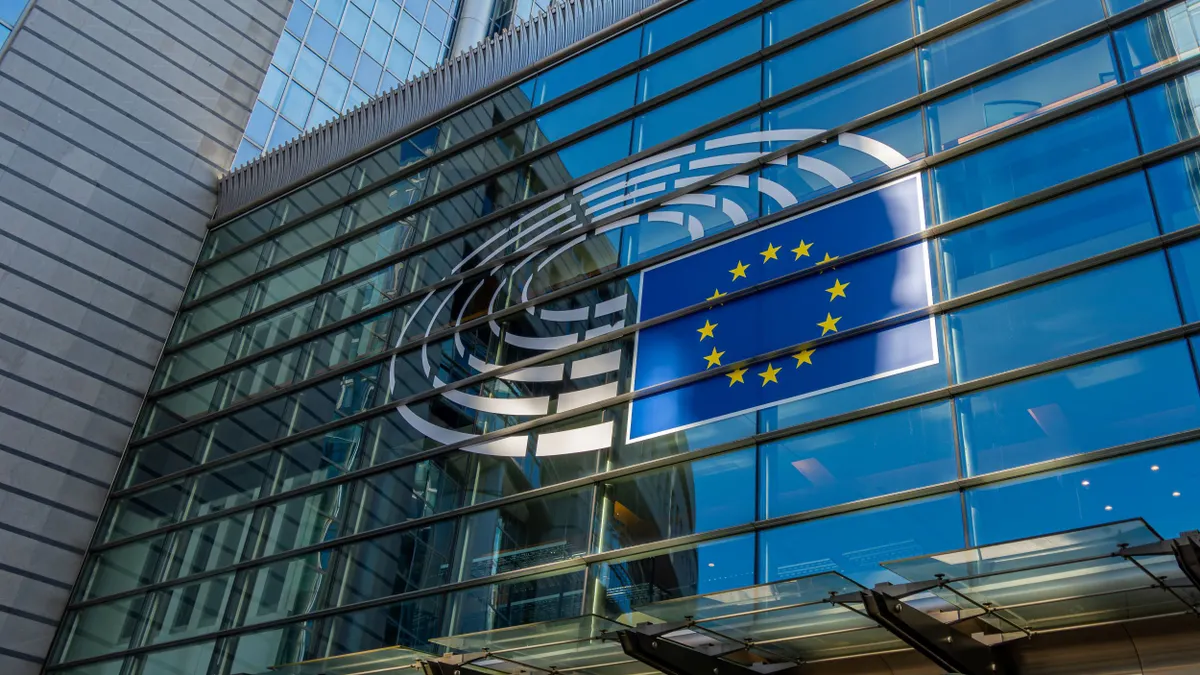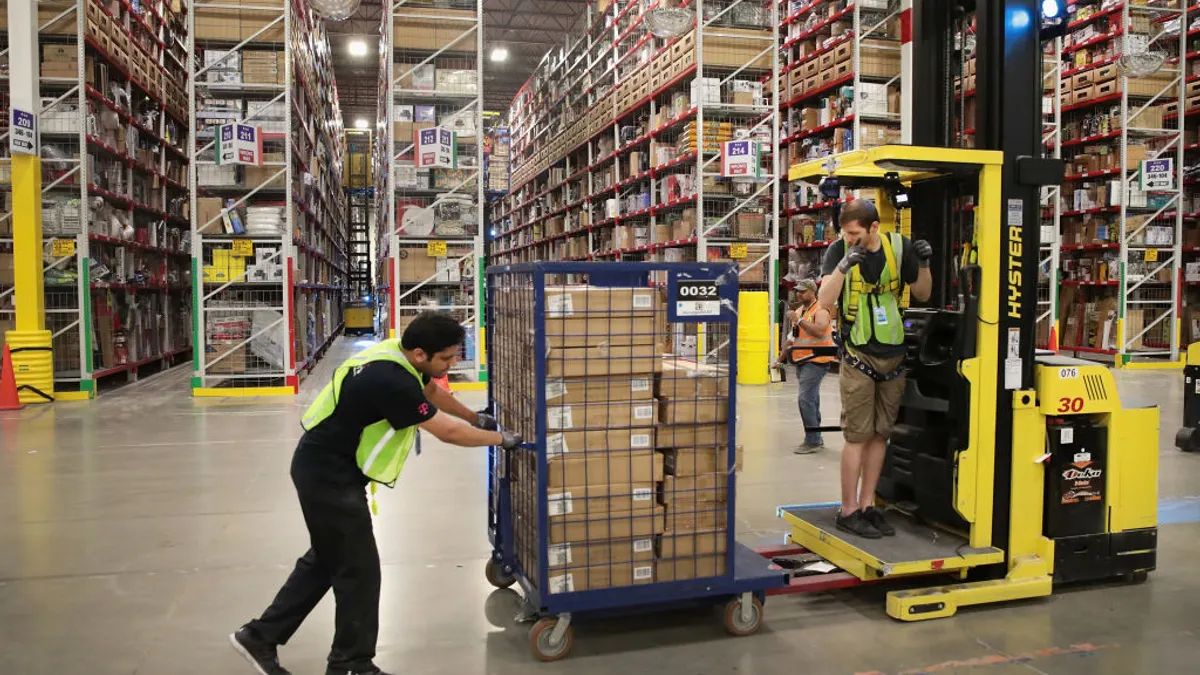As billions of dollars in promised funding flood the U.S. semiconductor industry, manufacturers are increasingly turning their attention to a key issue: Water usage.
In the U.S. — where domestic chip manufacturing capacity could triple by 2032 — water sustainability isn’t just a PR strategy. It’s central to both success and survival.
“Water is actually the largest volume chemical used in semiconductor manufacturing,” said Paul Westerhoff, a regents professor in Arizona State University’s School of Sustainable Engineering and the Built Environment.
Prior research has found that semiconductor production can require up to 10 million gallons of ultrapure water per day, a grade of H2O that’s virtually free of all impurities. This is more than the daily amount used by 33,000 households, according to the U.S. EPA. Residual salts and chemicals risk decreasing performance and power efficiencies, as well as the integrity of the wafer overall, said Westerhoff.
For chip manufacturers, the challenge lies in not just securing high volumes of ultrapure water, or UPW, but also in purifying it to a usable degree and recycling the wastewater within the manufacturer’s ecosystem.
“We’re talking parts-per-quadrillon-level purity,” said Prakash Govindan, co-founder and COO of water treatment solutions provider Gradiant. “To put that in perspective, parts per quadrillon is like having one molecule of impurity in an entire Olympic swimming pool of water.”
To address challenges in the quantity and high quality of UPW, manufacturers are reducing their water consumption, repurposing it within facilities, discharging it into the community and replacing other water resources with reclaimed water. But sources say much more is needed — and possible — to make semiconductor manufacturing’s water use a sustainable enterprise.
Reducing water footprints inside and outside the fence
Developing wastewater recycling and reclamation technologies is a long and challenging journey, particularly given the complexity of industrial wastewater, said a spokesperson for major chipmaker Taiwan Semiconductor Manufacturing Co.
TSMC achieved 12% replacement of water resources with reclaimed water in 2023, the most recent data available, meeting its target of 5%. In 2022, the manufacturer also opened a new industrial reclaimed-water plant.
However, the company missed its target of reducing unit water consumption by 2.7%; increasing it instead by 25.2% in 2023.
The stringent purity levels required by UPW pose a significant challenge for manufacturers aspiring for the highest levels of water stewardship, in part because they often draw on water from municipal utilities.
According to Govindan, it’s common to have 15 to 18 grades of wastewater, with different levels of contamination and different matrices of wastewater quality. UPW must be heavily filtered beyond what’s mandated for drinking water.
“One major challenge we faced was addressing one of the most critical but stubborn factors in wastewater treatment — small-molecule organic compounds such as urea from residential wastewater — which cannot be removed using membranes and require specialized techniques,” said a spokesperson for TSMC. “Removing urea to meet the stringent water quality standards for semiconductor processes involved extensive collaboration across industry, academia, and research institutions.”
In most cases, as with TSMC, manufacturers partner with water service providers early in the planning process to combat the purification process challenge, even planning them into the plant’s setup, said Govindan.
Then, manufacturers seek to reduce their water footprint both “outside the fences of a manufacturing facility” — which is more cost-effective, said Westerhoff — and “inside the fence.”
Often, fabrication plant treatment standards go beyond the wastewater treatment requirements imposed by EPA regulations and local authorities. For instance, local sewer use ordinances in Chandler, Arizona, have set pollutant limits but not water restoration limits, enabling Intel’s Phoenix-area fabrication plant — or fab — to surpass both quality standards and restore more water than it consumes.
“What Intel and some other companies do is they purify things and then move it outside the fence, and that water is reused within the community. Some of them will purify it [so] it meets every drinking water limit, or recharge it into the groundwater. And then what some companies are doing is outside the fence — not downstream from the company, but actually upstream,” said Westerhoff. All of those best practices can help a business qualify as “net water positive,” he said.
Some manufacturers also use up to 40% of their wastewater to control a fab’s temperature via cooling towers, or in a scrubber machine, which sprays water and “scrubs” off gases and other chemical contaminants, said Westerhoff.
Many manufacturers might also opt for “outside the fence” water sustainability strategies due to the sheer technical difficulties in recycling water into UPW.
According to a June article in WE&T Magazine, usually “the recovered or reclaimed water is not recycled back into production systems to make UPW — some of the cleanest water in the world — but instead is used as makeup water for mechanical systems such as scrubbers and cooling towers, where water does not contact the wafer.”
Given that an average of 76% of the water withdrawn by a fab is used for the manufacturing process, this means a significant amount of water used by fabs is still being drawn from local supplies.
“[What] they really haven't done yet is to take their industrial wastewater, clean it up and put it back into their ultrapure system to go around multiple times,” said Westerhoff.
Near-zero liquid discharge is a challenge that many water service service providers are helping to combat. Govindan said Gradiant achieved a 99% water recycling rate in one large $300 million water treatment facility for a semiconductor client, meaning that only 1% of the facility’s water demand needed to be sourced from external freshwater supplies.
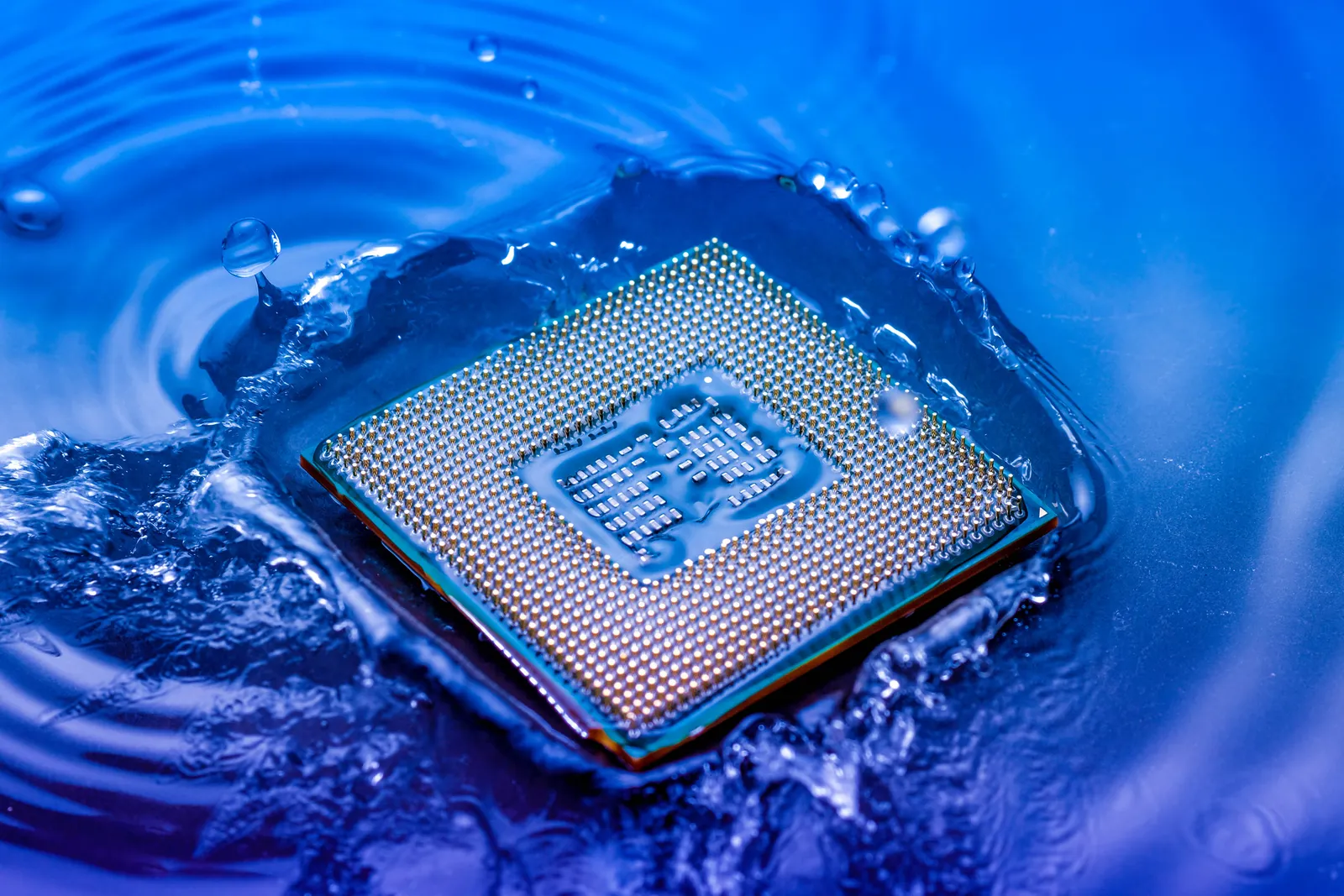
Reducing pollution liability
In the long-term, Westerhoff expects that controlling facilities’ wastewater streams could also be beneficial to “reducing long-term pollution liability” and thinks manufacturers would be well served by purifying their wastewater to the highest level possible.
“About a decade ago, the semiconductor industry got an award from the EPA for phasing out one of these [PFAS] chemicals, and now the EPA regulates that chemical. So I think there’s this secondary less-talked about benefit of treating your wastewater onsite. You reduce your liability, in the future, of contamination,” he said.
By improving their purification processes, companies can also recover more valuable resources that can be used within the foundry, such as isopropyl alcohol and critical minerals.
“Recovering some of that copper really helps in terms of the economics of the water treatment,” said Govindan. “The resource recovery really helps the circular economy, makes everything more sustainable and cheaper.”
But the overarching challenge that manufacturers must address, according to experts, is reducing the amount of water that they procure from their local watershed.
The question of reducing water consumption is especially salient in places like TSMC’s home country of Taiwan, because so much of the gross domestic product is tied up with the chip and high-end manufacturing industries and the “water sustainability of the country has shifted,” said Govindan.
“This might not happen at a national level for the U.S. or Germany, but locally, in states and cities, this definitely is a problem,” he said.
Regardless of their location, experts expect that fabs and their locales will need to think even more about water sustainability in the years ahead.
“Any of these companies that have complex supply chains are going to try to look towards their suppliers to help them reduce the water footprint of their products. That's really the next wave of this,” said Westerhoff. “Especially if you want to be net water positive. You have to do something else in your supply chain or something else in your community.”

